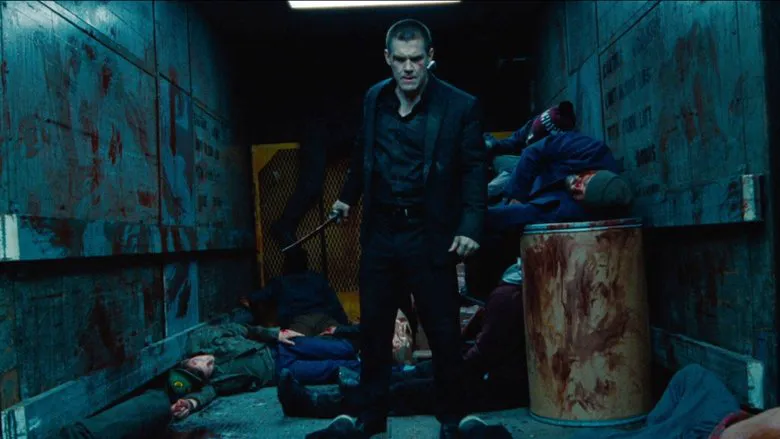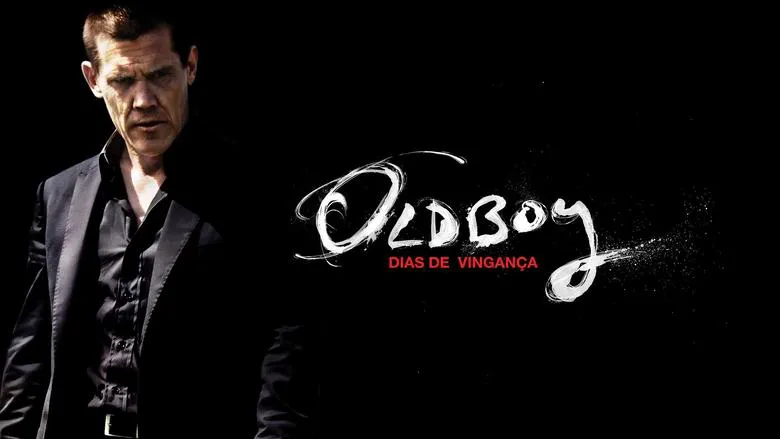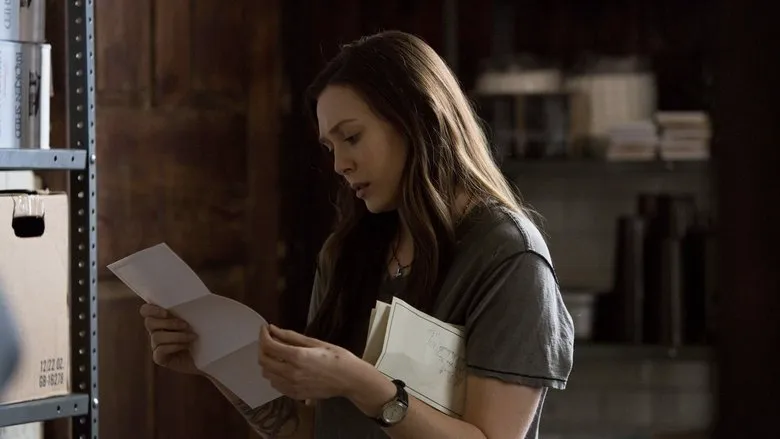A Deep Dive into the Ferocious World of Oldboy
Park Chan-wook, a visionary director synonymous with South Korean cinematic flair, has consistently redefined the parameters of visual storytelling, often daring his audience to confront the unsettling and the unconventional. Central to his acclaimed filmography is Oldboy, a film that exemplifies his penchant for the “offensive” – not as a gratuity, but as a deliberate artistic choice. The film unflinchingly presents scenes that are viscerally jarring, from the brutal extraction of teeth with pliers to the bizarre consumption of a live octopus and the delicate treatment of incestuous relationships, venturing into the darker, often unexplored corners of narrative film. It’s as though Park Chan-wook orchestrates a controlled environment to examine the extremities of human nature, pushing every visceral and emotional boundary. In the year marking the 20th anniversary milestone of Oldboy’s inital release, revisiting this experience, one is met with the same awe-inspiring ferocity that initially polarized and captivated audiences. Today, we embark on an analytical journey into this “intense film” and dissect the elements that made it such a shocking, yet enduring, piece of cinema.
 The iconic poster for Oldboy, hinting at the dark journey ahead.
The iconic poster for Oldboy, hinting at the dark journey ahead.
The Unsettling Narrative of Oldboy
Oldboy transcends the conventional definition of a film; it’s an all-encompassing experience that challenges the viewer at every turn. The South Korean film does not settle for simple entertainment, but challenges what is acceptable for the mainstream viewer, by crafting a narrative so disturbingly captivating that lingers long after the screen fades to black. The bravery in exploring uncomfortable topics is what makes Oldboy a outlier in contemporary cinema, refusing to shy away from the themes that are often deemed too difficult or delicate, prompting meaningful introspections.
 A still from Oldboy featuring Lee Yoo-jin and Choi Min-sik, showcasing the film’s intensity.
A still from Oldboy featuring Lee Yoo-jin and Choi Min-sik, showcasing the film’s intensity.
Park Chan-wook’s Exploration of Human Nature
With Oldboy, Park Chan-wook assumes the role of a cinematic scientist, conducting experiments on viewers perceptions through meticulously crafted direction that delves into the complexities of the human psyche. By deliberately pushing the boundaries of what is deemed appropriate for viewers to see, he compels his viewers to face some extremely grim realities about both themselves and the society they live in. This introspective of the depths of social and personal darkness is conducted through the masterful use of imagery, sound, and plot, leaving a thought-provoking film long after viewing.
 Choi Min-sik in the legendary hallway fight scene, a testament to the film’s visual storytelling.
Choi Min-sik in the legendary hallway fight scene, a testament to the film’s visual storytelling.
A Controversial Artform
Oldboy stands as a pinnacle of “offensive” art because it boldly forces us to re-evaluate our standards and question our values. The film challenges moviegoers by asking more of them, than to just sit and be entertained, but instead uses intense and challenging scenes to consider new and uncomfortable concepts. It is this boldness of the film’s experience that remains long after the closing credits.